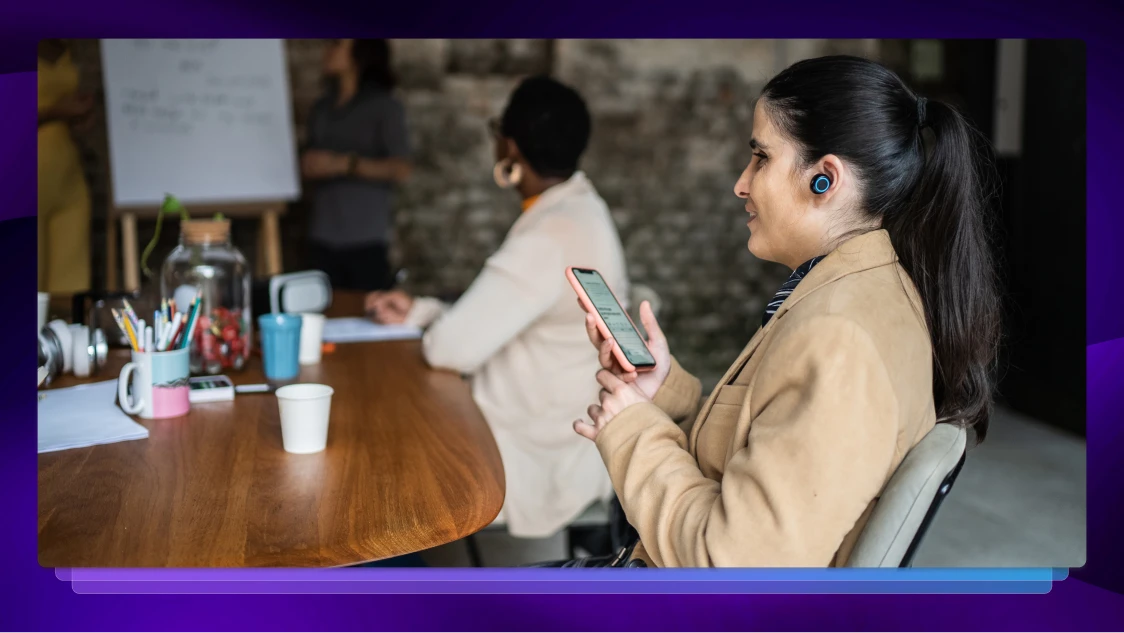Title II and Title III of the ADA Explained: Understanding its impact
Learn everything about Title II and Title III of the Americans with Disabilities Act and how to make your website, content, and more fully accessible.

On July 26th, 1990, President George Bush signed the historic ADA into law. This civil rights law protects individuals with disabilities from discrimination in areas of employment, access to government services, public places, transportation, and other vital areas of American life, including websites and online services.
It is an important law, but one that is often misunderstood.
Before the ADA, the only protection offered to qualified individuals with disabilities were under 504 of the Rehabilitation Act of 1973, which paved the way for the revised regulations under the ADA.
A large part of the ADA covers physical accommodations, such as requiring commercial facilities to provide a wheelchair ramp and allowing service animals into the public library.
But, ADA can also impact website design, and there has been a great deal of confusion about whether these laws apply to private businesses.
Here is what you need to know about Title II and Title III, including what online services and businesses must follow the ADA.
What are Title II and Title III of the ADA?
So, what do these laws mean, and do you need to abide by them? We’re going to break it down these two titles that prohibit discrimination, to make it easy to understand.
Title II of the ADA covers state and local governments, while Title III covers public places and businesses. Each section of the law outlines both the organizations required to adhere to that law and what accommodations must be provided.
The Equal Employment Opportunity Commission is responsible for investing in companies that fail to meet the requirements outlined in the ADA.
Title II of the ADA
Title II of the ADA prevents local public organizations from discriminating against people with disabilities. This means organizations like the local school system, public train, public housing, and other city and state government buildings.
For example, Title II is the reason your local library is required to have a ramp or elevator, and public housing must accommodate service animals, even if pets are not permitted.
Section 508 of the law requires government agencies to provide access to electronic content, including videos, PDFs, and other online content. For businesses and government agencies, it includes adding captions to videos or providing transcripts, according to Digital.gov.
This part of the law does not apply to private businesses; however, government organizations must comply in nearly every case.
Title III of the ADA
Title III of the ADA focuses on private businesses, such as hotels, restaurants, theatres, grocery stores, and hardware stores. If you own a private business, this is the part you’ll want to pay attention to.
Title III requires businesses to provide services in an “integrated setting,” which means a restaurant, for example, can’t say people in wheelchairs can only come on the third Wednesday of the month.
Check out our Free ADA Compliance Checklist
Title III also requires businesses to get rid of discriminatory eligibility standards for accessibility, make reasonable accommodations, and provide auxiliary aids or services when possible to ensure effective communication.
Unlike state or local governments, private businesses may not have to comply with the ADA if it presents an “undue burden.” For example, a restaurant in a historic building might not have to install an elevator if it would require renovating the entire building.
If all that sounds really complex, that is because it can be. But, we’ve made it easier by explaining how, exactly, these laws apply to businesses and online content. Learn how Title II and Title III impacts websites and online businesses, and how you can maximize the value of your products and services to the world.
How Title II and Title III Impacts Websites & Online Businesses
The ADA language is pretty dense, which makes it frustrating and confusing for people who don’t speak legalese.
Here’s the long and short of it:
- ADA protects people with an impairment that substantially limits their ability to access business and government services and products.
- Title II states that providing public accommodations to government services, buildings, and public accommodations are required in nearly every case.
- Title III requires most online businesses to provide auxiliary accommodations when they are able to do so.
So, what does following the ADA look like for online content like videos and podcasts?
Following the requirements of the ADA may include providing captioning on an online video describing how to apply for public housing, particularly if that video is the only way people have to access the information.
For an online business, it might mean using a service like Rev.com to transcribe the content of a webinar or adding captions to a product tutorial so everyone can access the content.
Why Online Business Should Care About ADA Title II and Title III
Not all businesses are required to accommodate — but many are, and they could face expensive court battles for failing to follow the ADA. CNN and Netflix, for example, have faced expensive lawsuits in recent years for failing to provide captions for their content.
Even if your business is exempt, making content more accessible is a smart business decision. Adding captions to your latest product video, for example, will make the video more accessible to the deaf community, but it makes your content easier to consume by the 85% of users who watch Facebook videos without sound.
Conclusion
The ADA is a civil rights law prohibits discrimination of people with disabilities. It says they have the right to access the same government services, programs, or activities as every other citizen. It requires most businesses to make it easier for all people to access content, goods, and services. It also outlines what organizations must provide reasonable accommodations — including how to provide accommodations for online content.
Not all online businesses are required to follow the rules outlined in the ADA, but there are benefits for making content more accessible. Using a service like Rev.com makes it easy and affordable to reach a wider audience — and adhere to ADA laws. In fact, with Rev.com you can easily create closed captions or transcriptions for your business’ training or online videos and content to comply with Title II and III of the ADA. Learn more about maximizing the value of your audio, visual, and text with Rev.















